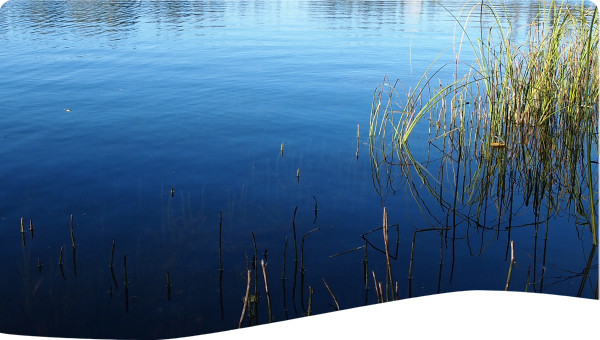In Kazakhstan, the issue is not one of scarcity but of management, a problem that can be solved through applying the principles of IWRM. The government of Kazakhstan consequently initiated a water resources management project aiming at strengthening water management organisations and by instituting the practice of IWRM. In this process, training, workshops and dialogues both within and outside the water sector are crucial.
There is a set of constraint factors in water sector impeding sustainable social and economic development of Kazakhstan, and attaining the balance between the existing available water resources and demand in water. Water is the key natural component, which ensures existence of humanity and integrity of ecosystems. At the same time, the availability of water resources is one of the constraint factors of the development. In Kazakhstan the agricultural sector consume 78% of the country's total water supply and a significant amount is lost through inefficient water use (e.g. leakages through old infrastructure account for 30% of losses and pollution caused by insufficient treatment of wastewater and industrial waste dumping). A decade of budget and staffing cuts has had a dramatic effect on the authorities’ ability to manage water.
In Kazakhstan there are not water resources problems but a management problem which can be solved through applying the principles of IWRM. In spite that organizational reforms in water management sector were recognized at high political level (new Water Code was adopted in 2003), no actual reforms had taken place at that point.
The facilities located in water basin were governed by different management systems though they were bound by unified nature complex and linked to each other through technological processes.
The government of Kazakhstan embarked on a water resources management project aimed at strengthening water management organizations and by instituting the practice of IWRM. With support from UNDP and GWP they drafted the IWRM plan. River Basin Councils (RBC) were established in all eight river basins of Kazakhstan.
At the beginning there was a negative attitude to creating river basin councils but they managed to overcome and set up a platform for discussion and decision making at basin level. The duration of the project was three years orchestrated by the Water Resources Committee of the Ministry of Agriculture of the Republic of Kazakhstan together with 29 government ministries and agencies.
Before the final draft was sent to the Government of Kazakhstan for approval, there was a long process with series of stakeholder’s forums with experts and the public to present and obtain feedback on the work plan. Involvement of water users, local communities, NGOs in water resources management and conservation of ecosystem shall be made through their participation in the National Inter-sectoral Water Council, RBC of various levels, Working groups and participation in decision making process in public hearings. Representatives of water users and other stakeholders shall actively participate in planning, control over water use, water sharing on the cost of their own fund and other financing sources. All mass media means, including radio and TV will be engaged in dissemination of information on progress of the Programme implementation and raising public awareness on advantages of IWRM.
In December 2008, the IWRM Plan was endorsed by the Kazakhstan cabinet., thus the RBCs now have stronger position to enforce and implement the national water policy. After the implementation of the plan, the outcome shall be achieved in two phases. In the first phase,
- Foundation to transfer to IWRM has been established, capacity building of authorized bodies and partnership organizations in the field of use and protection of water resources has been strengthened;
- Establishment and employment of institutional mechanism in terms of coordination and integration has been ensured;
- Legal basis for formation of targeted financing of water economy and water protection measures has been created In the second phase,
- Financing sources for targeted water management, water protective and water conservation actions have been identified;
- Inter-sectoral coordination of water economy planning at inter-state, national, regional, river basin levels of governance has been ensured;
- Basin Agreements in all river basins have been prepared and enforced;
- Water resources management plans counting EU legislation, as well as improvement of water efficiency and protection on harmful impact caused by water have been developed and implemented;
- Legislation basis of water sector has been harmonized with that of European Union
Training courses, workshops, dialogues, and meetings both within water authorities and outside of “water sector specialists” are important to create an understanding of what an IWRM plan is and how it can be implemented within the country.
Establishment of RBCs is the beginning rather than the end of the process. A regular training and capacity building of staff is a must.
The size, shape and structure of RBCs depend on the needs of the river basin and the ideas of the participants and members of the RBC rather than to require uniform arrangements in each river basin.
 Case studies
Case studies

